What went into building the Burj Khalifa is as astonishing as its towering height. This architectural marvel stands as a symbol of human ingenuity, pushing the boundaries of engineering and design. Ready to uncover some truly unbelievable facts behind the construction of the world’s tallest building?
The Tallest Building in the World
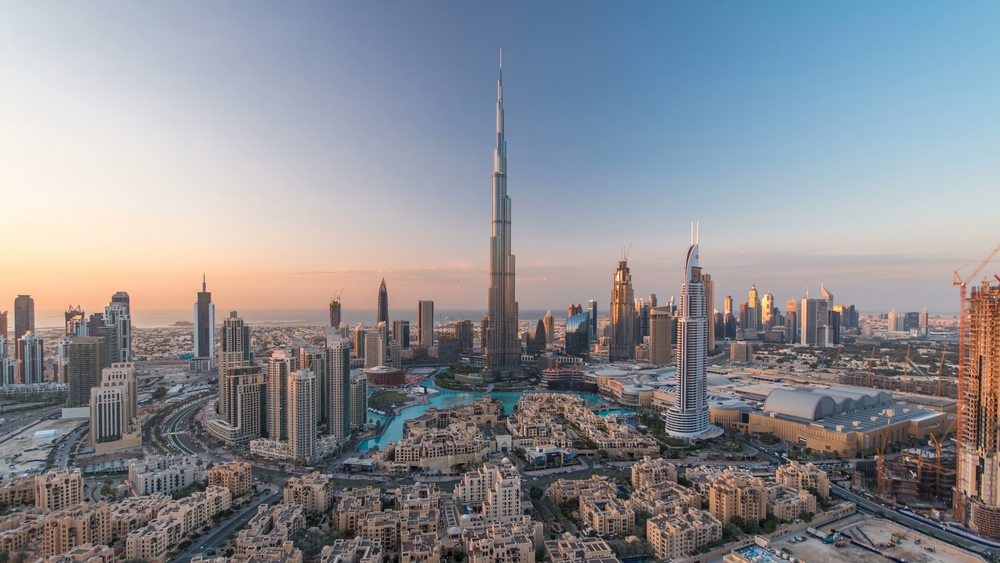
The Burj Khalifa stands at an incredible 828 meters (2,717 feet) tall, making it the tallest building in the world. Its height surpasses the next tallest structure by over 200 meters, setting a record that remains unchallenged. The building’s height was a result of advanced engineering and architectural innovation, designed to withstand the immense forces of wind and seismic activity.
The Foundation Depth
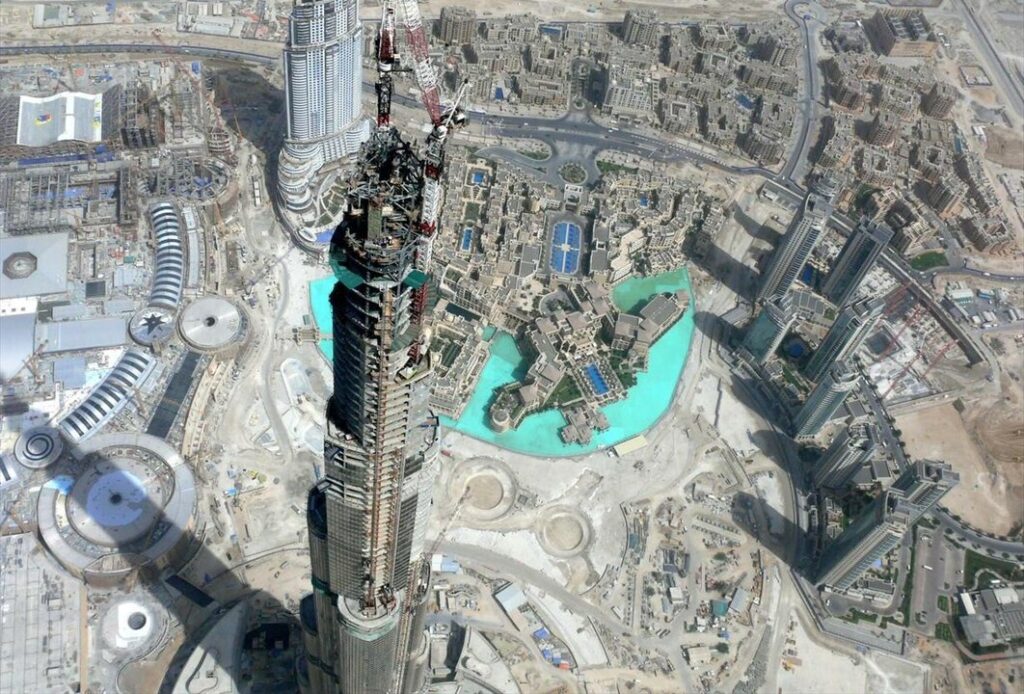
The Burj Khalifa’s foundation is a marvel on its own, extending 50 meters (164 feet) underground. This massive depth was necessary to support the immense weight of the structure, which is estimated at 500,000 tons. The foundation comprises 192 piles, each buried deep into the ground, anchored by a large reinforced concrete mat.
A Massive Concrete Mix
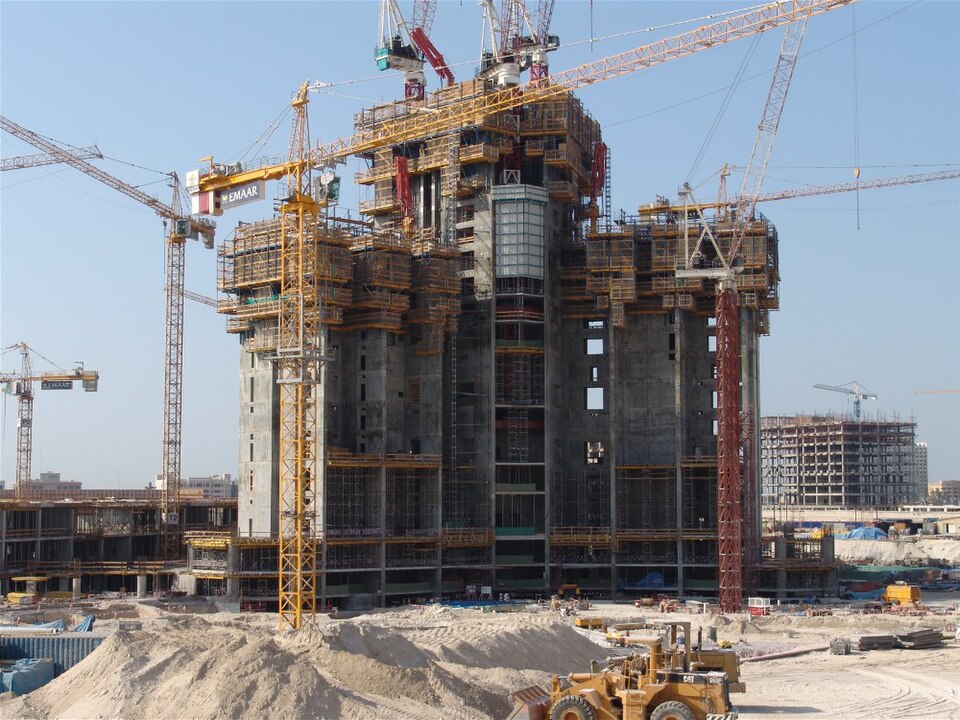
The Burj Khalifa required a staggering amount of concrete—over 330,000 cubic meters. The concrete was poured mostly at night to avoid the extreme heat of Dubai’s daytime temperatures, ensuring the mixture could set correctly. This amount of concrete could fill 132 Olympic-sized swimming pools.
The World’s Fastest Elevators
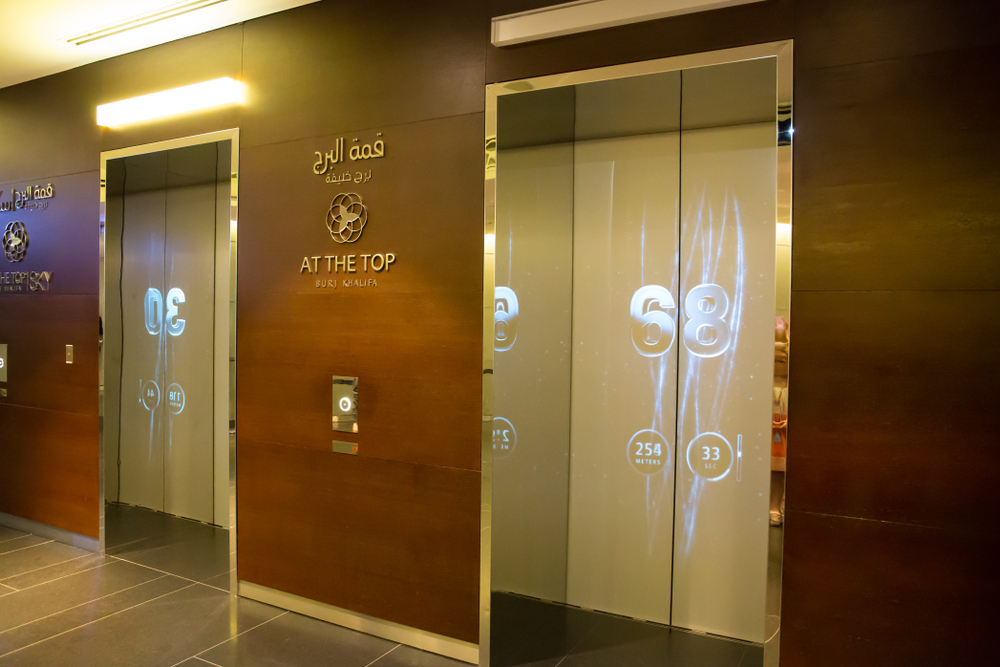
The Burj Khalifa is equipped with some of the fastest elevators in the world, traveling at speeds of up to 10 meters per second (22 mph). These high-speed elevators are designed to minimize motion sickness, providing a smooth ride to the observation decks on the 124th and 148th floors in just a matter of seconds.
The Unique Y-Shaped Design
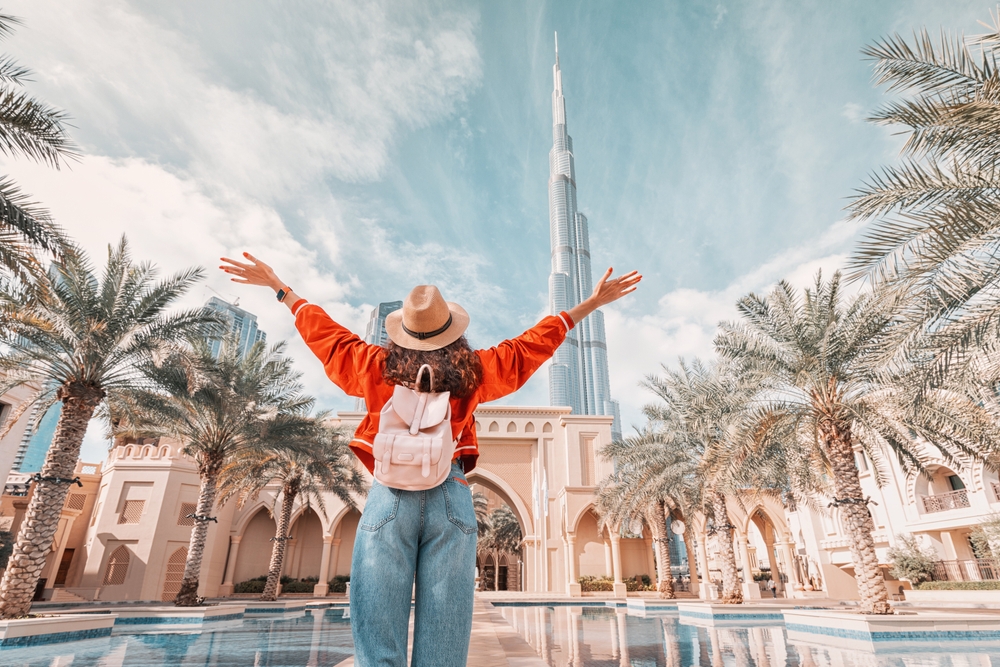
The building’s Y-shaped design is not just for aesthetics but also for functionality. This shape was developed to reduce the wind forces on the structure, enhancing its stability. The design also allows for more floor space and provides stunning views from every angle.
The Exterior Cladding
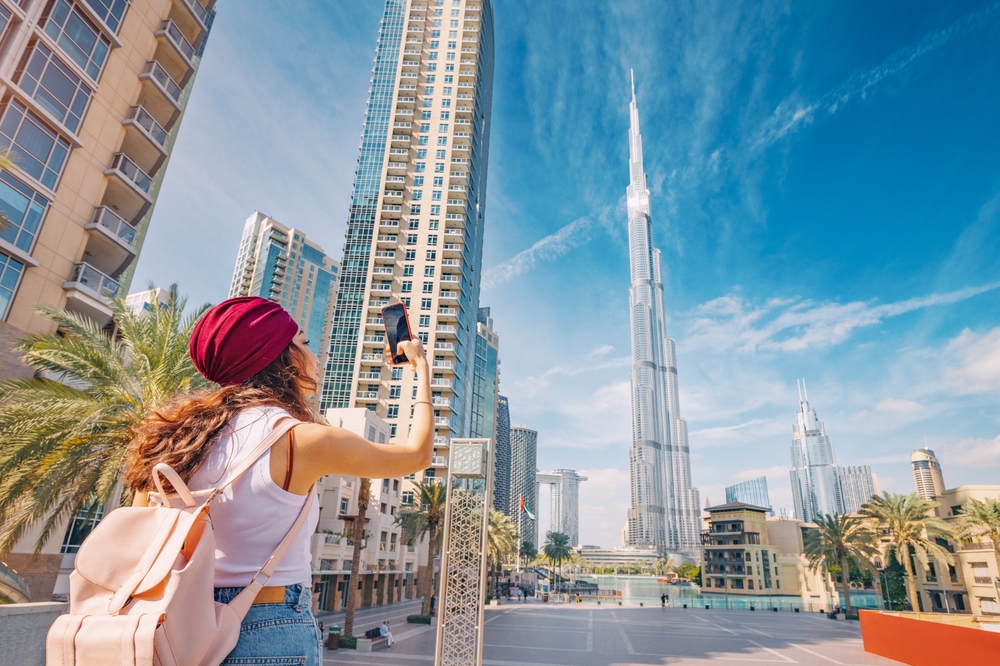
The Burj Khalifa’s exterior is covered with a total of 103,000 square meters of glass and 15,500 square meters of stainless steel. The glass is reflective, helping to reduce the building’s heat absorption from the intense desert sun, while the stainless steel adds to its gleaming, futuristic appearance.
The Pinnacle Spire
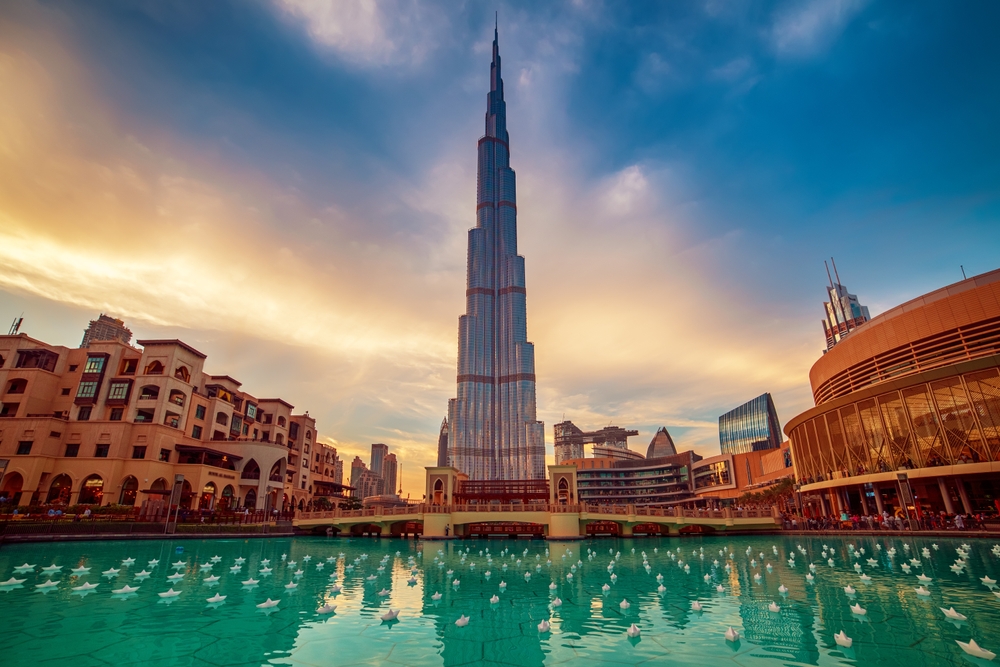
At the top of the Burj Khalifa is a 200-meter (656-foot) spire, which was assembled inside the building and then hydraulically lifted into place. This spire not only adds to the building’s height but also houses essential communication equipment.
Temperature Variance
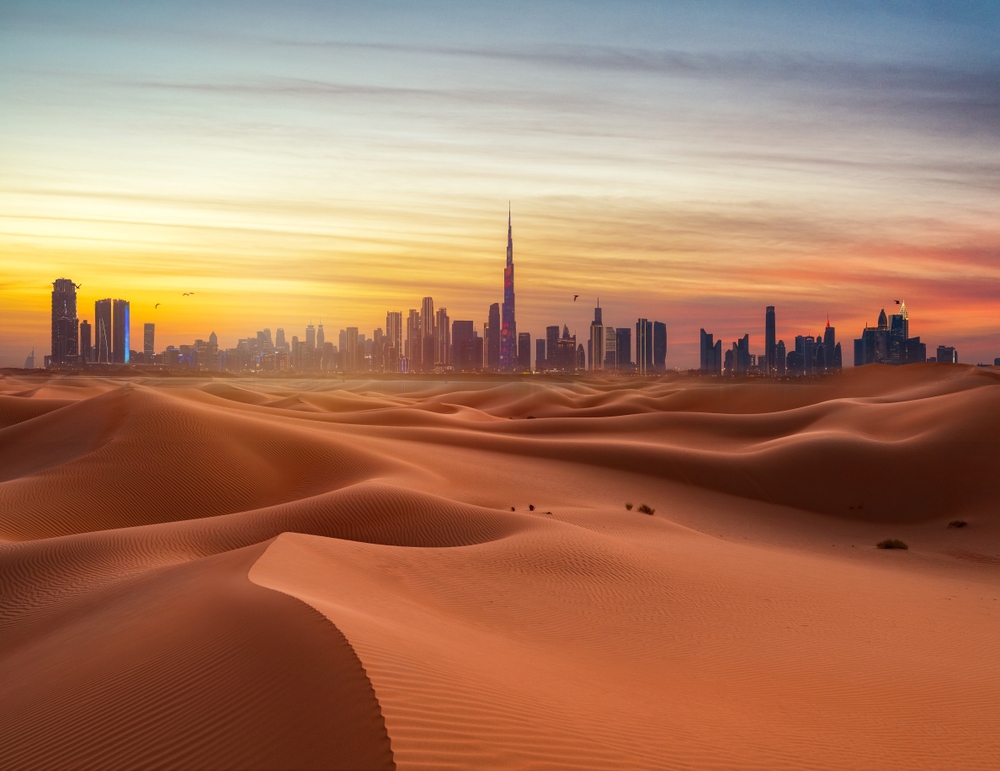
Due to its immense height, the temperature at the top of the Burj Khalifa is significantly cooler than at the base. The temperature difference can be as much as 6°C (11°F), making the top of the building one of the coolest spots in Dubai.
A Massive Workforce
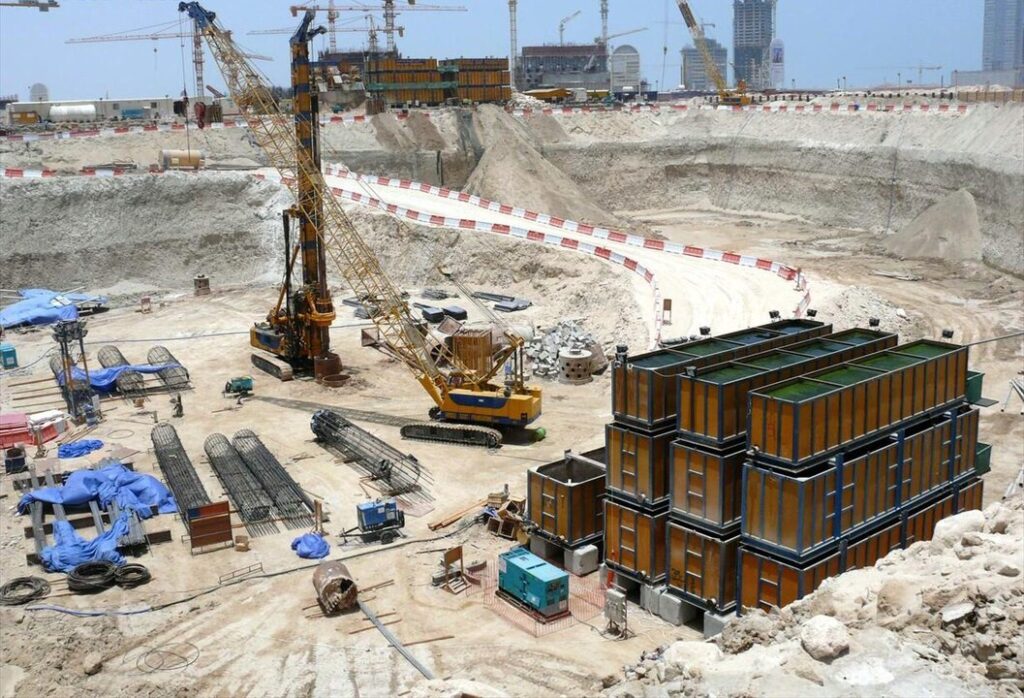
At the peak of its construction, over 12,000 workers were on-site daily, representing more than 100 nationalities. The workforce was a massive logistical challenge, requiring coordination, safety measures, and housing, all managed with military precision to keep the project on schedule.
The Burj Khalifa’s Cost
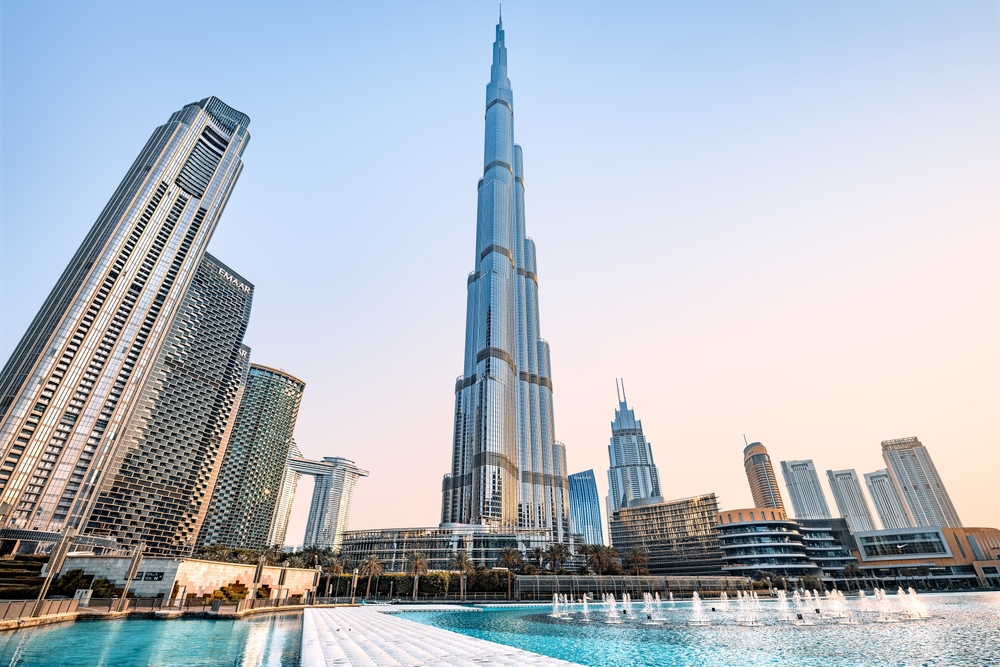
The total cost of constructing the Burj Khalifa was approximately $1.5 billion. This staggering amount reflects the advanced materials, cutting-edge technology, and skilled labor required to complete such a monumental project.
Record-Breaking Concrete Pumping
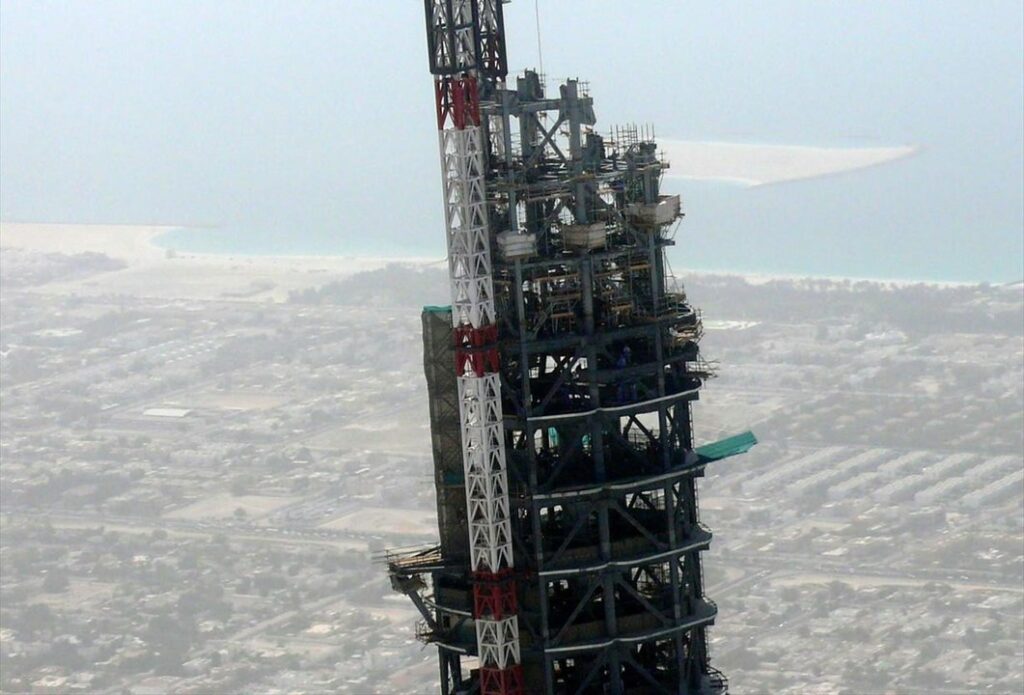
Concrete for the Burj Khalifa was pumped to a world-record height of 606 meters (1,988 feet). This was achieved using specially designed high-pressure pumps, which could deliver concrete to such heights without compromising the mixture’s integrity.
LEED Certification

Despite its size, the Burj Khalifa was designed with sustainability in mind. It has achieved LEED (Leadership in Energy and Environmental Design) certification, incorporating water-saving features, efficient lighting, and a system that recycles 15 million gallons of water annually.
Innovative Cooling System
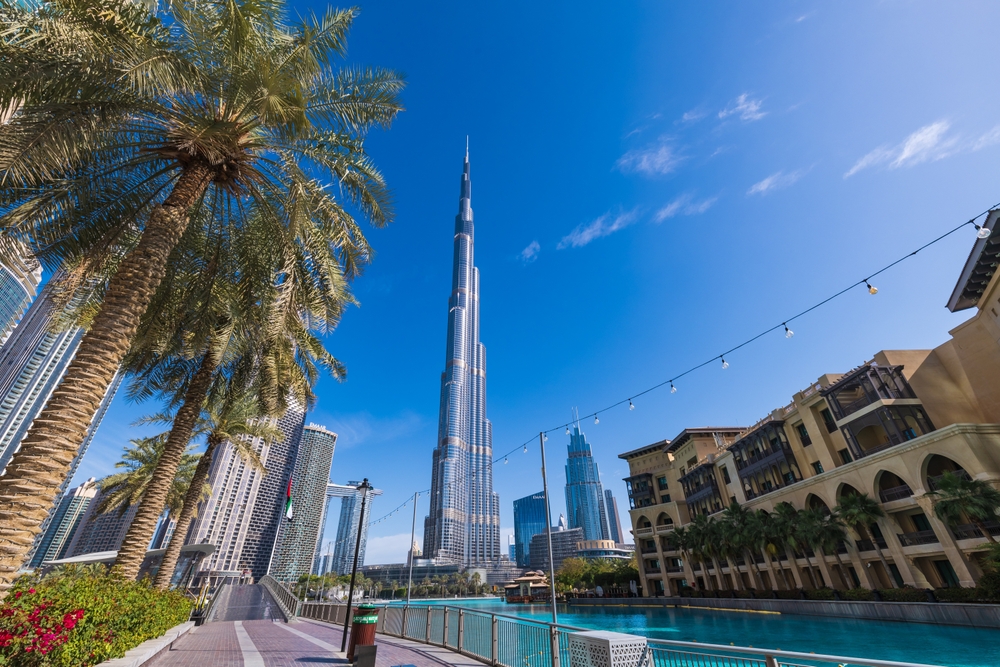
The Burj Khalifa’s cooling system is as massive as the building itself, circulating 10,000 tons of cooling each day. This system helps maintain a comfortable temperature inside the building, crucial in Dubai’s harsh desert climate, and it’s powered by a series of advanced chillers that minimize energy consumption.
The Curtain Wall
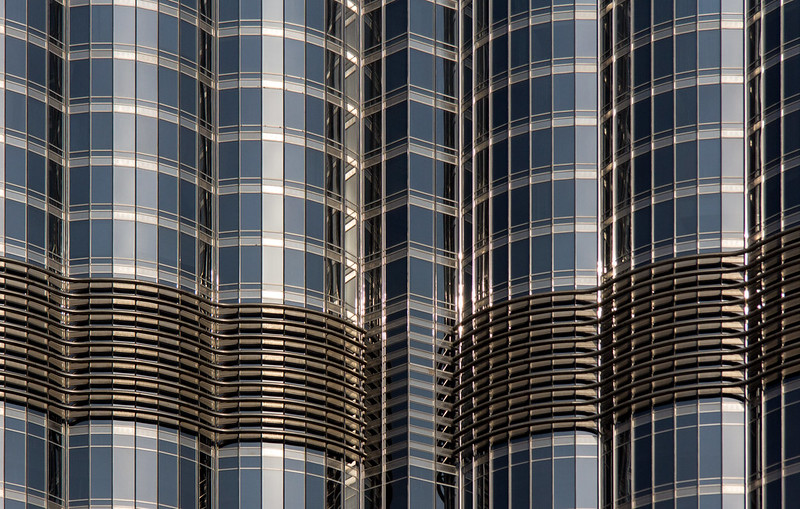
The curtain wall of the Burj Khalifa spans over 24,348 windows and is designed to withstand Dubai’s extreme weather conditions, including intense heat and wind. The total area of the wall covers 103,000 square meters and is regularly maintained by a team of abseiling window cleaners.
The Observation Decks
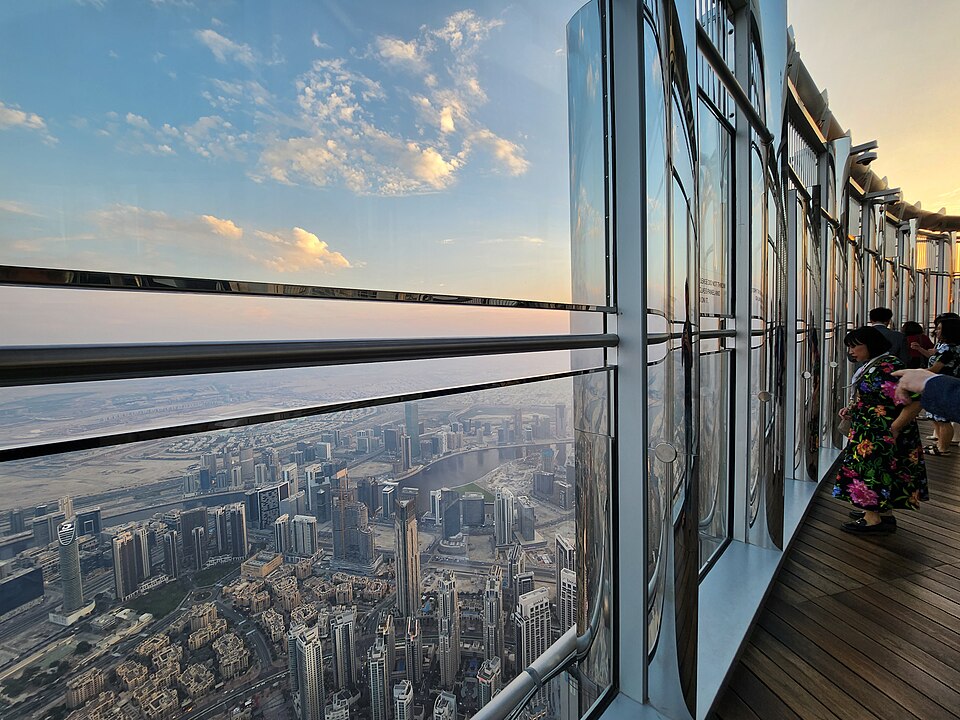
The Burj Khalifa has two observation decks: At The Top on the 124th floor and At The Top Sky on the 148th floor. The latter held the record for the highest observation deck in the world until 2016. These decks offer breathtaking views of Dubai and the surrounding desert.
The World’s Tallest Art Gallery
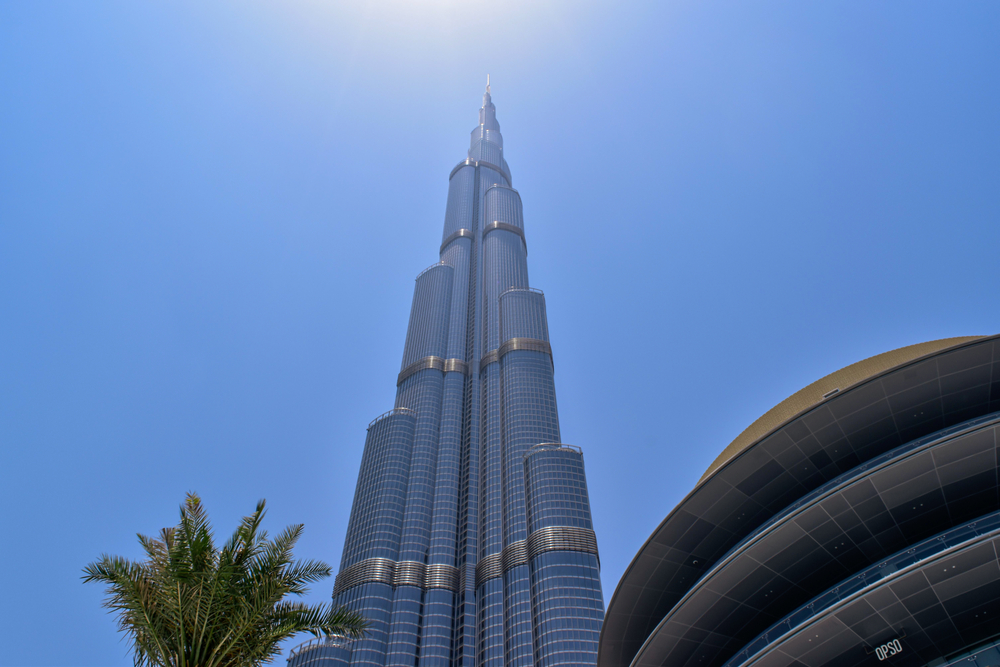
The Burj Khalifa is also home to the world’s tallest art gallery. Spanning the building’s entire length, it features works from Middle Eastern and international artists, adding a cultural dimension to the architectural feat.
The Tower’s Lightning Protection
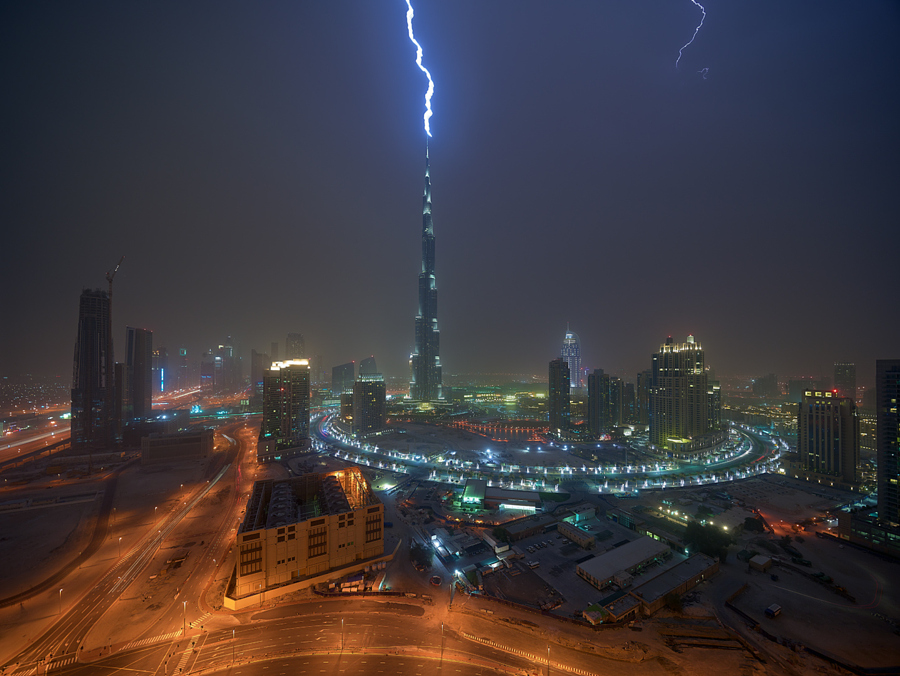
Given its height, the Burj Khalifa required an advanced lightning protection system. The spire acts as a giant lightning rod, channeling electrical currents safely to the ground, protecting the building and its occupants from potentially devastating strikes.
The World’s Tallest Nightclub
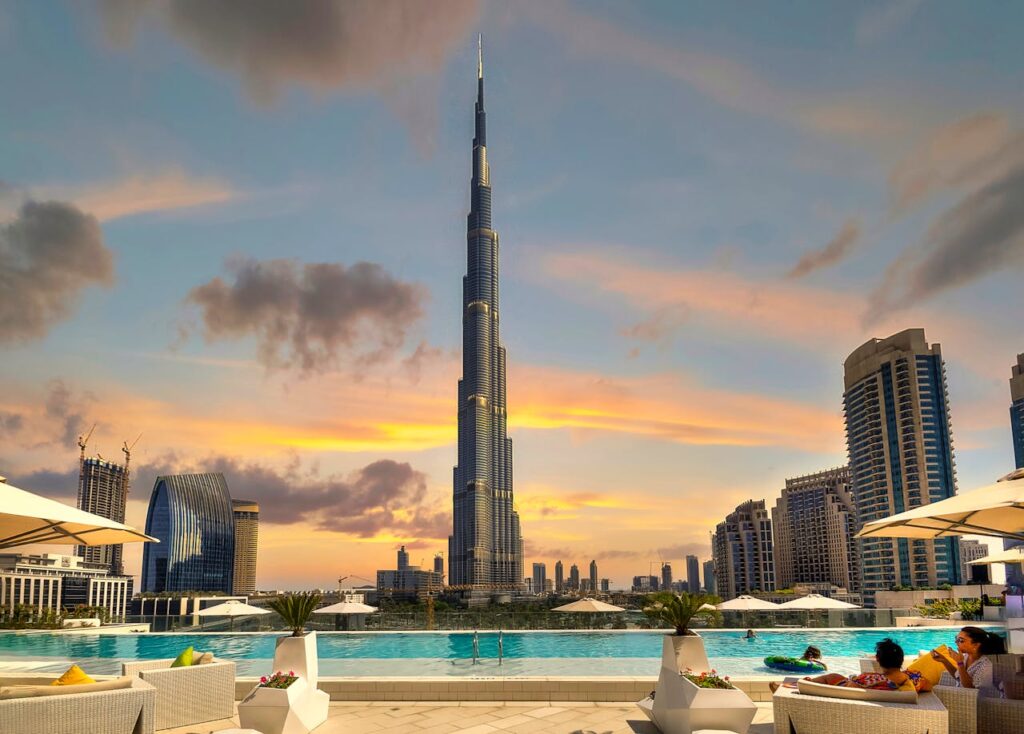
The Burj Khalifa houses the world’s tallest nightclub on the 144th floor. This high-altitude venue offers an exclusive atmosphere and stunning views, making it one of Dubai’s most sought-after nightlife destinations.
Water Supply System
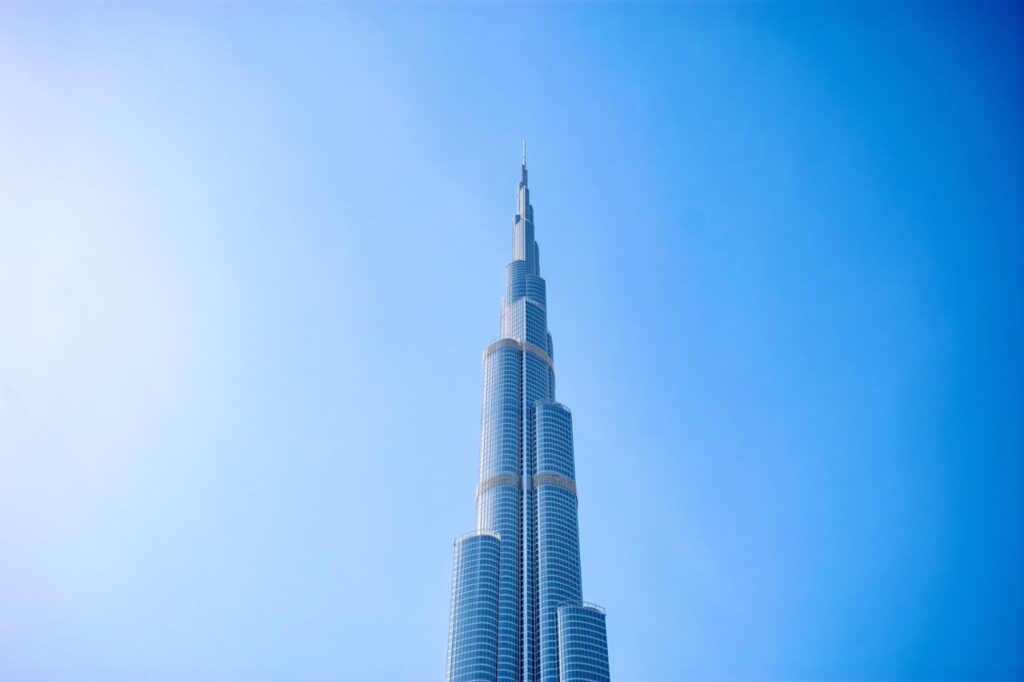
The Burj Khalifa’s water system is another marvel, capable of supplying 946,000 liters (250,000 gallons) of water every day. This system ensures that the building’s numerous amenities, including fountains, swimming pools, and residential needs, are adequately served.
Advanced Safety Features
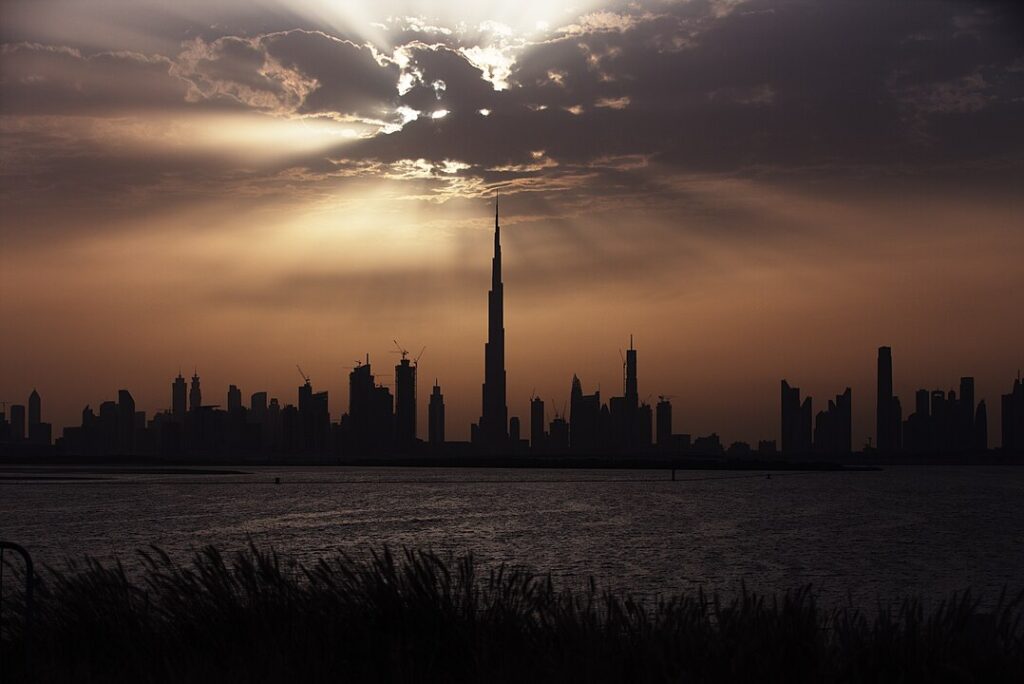
Safety was a paramount concern in the Burj Khalifa’s design. The building is equipped with refuge areas, fire-resistant stairways, and an advanced communication system to ensure occupant safety during emergencies. It’s also built to sway with the wind, reducing the impact on the structure and its residents.
The Tower’s Lighting System
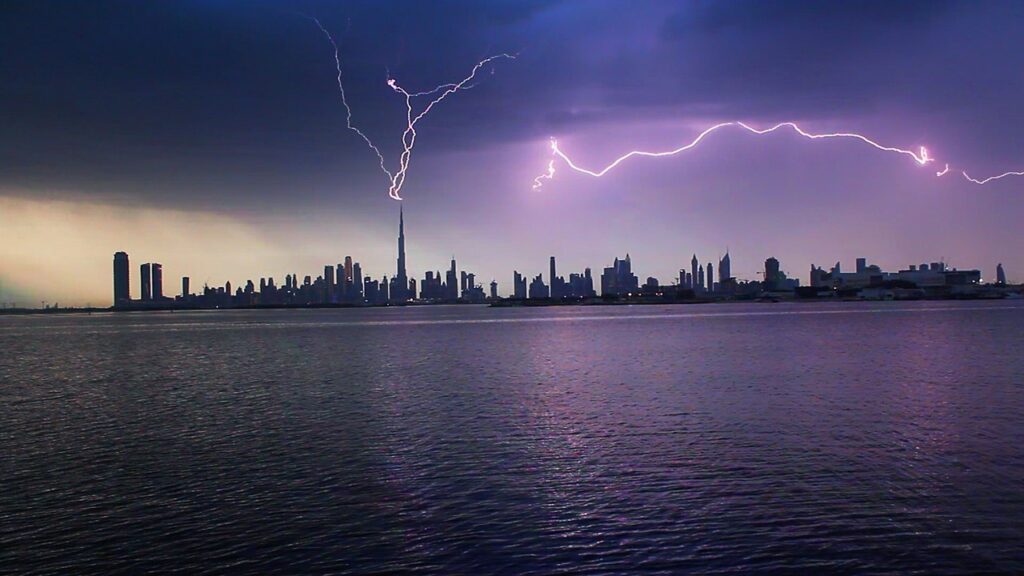
The Burj Khalifa’s lighting system is designed to dazzle. It features a sophisticated LED light display that wraps around the building, capable of projecting vibrant colors and patterns. These displays are often used to mark special occasions, making the Burj Khalifa a focal point for celebrations in Dubai.
This article originally appeared on UnifyCosmos.
More from UnifyCosmos
18 Practical Tips for Staying Organized at Home
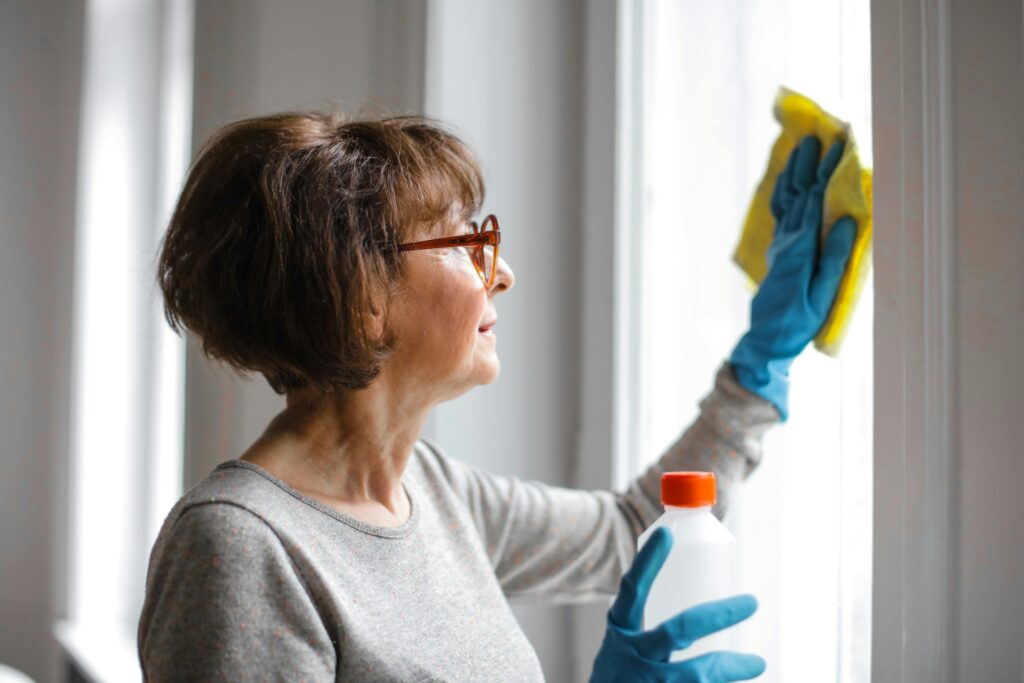
With a few practical tips, you can keep your space tidy and stress-free. Simple changes can make a big difference in your daily routine. Start small, and soon you’ll see a more organized home. Read more!
18 Essential Tips for Saving Money While Traveling
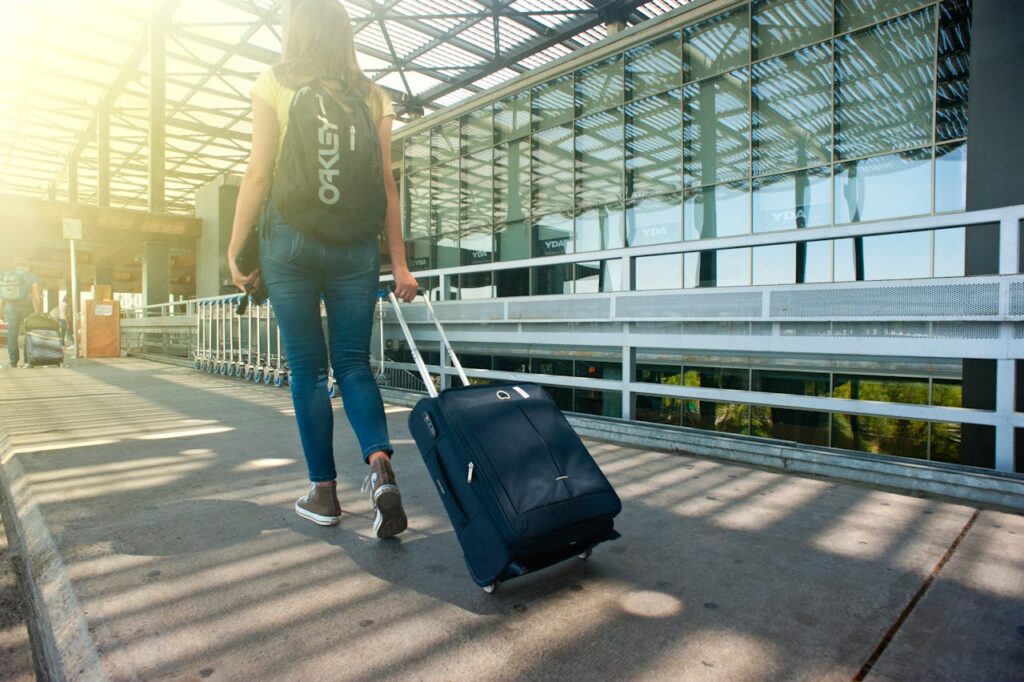
From choosing affordable accommodations to finding local deals, small changes can make a big difference. These tips will help you make the most of your trip without breaking the bank. Read more!
22 Ways To Avoid Being Broke on a High Salary

This article will explore practical strategies to help you avoid being broke even when you have a substantial paycheck. By following these tips, you can ensure a more stable and secure financial future. Read more!
Leave a Reply